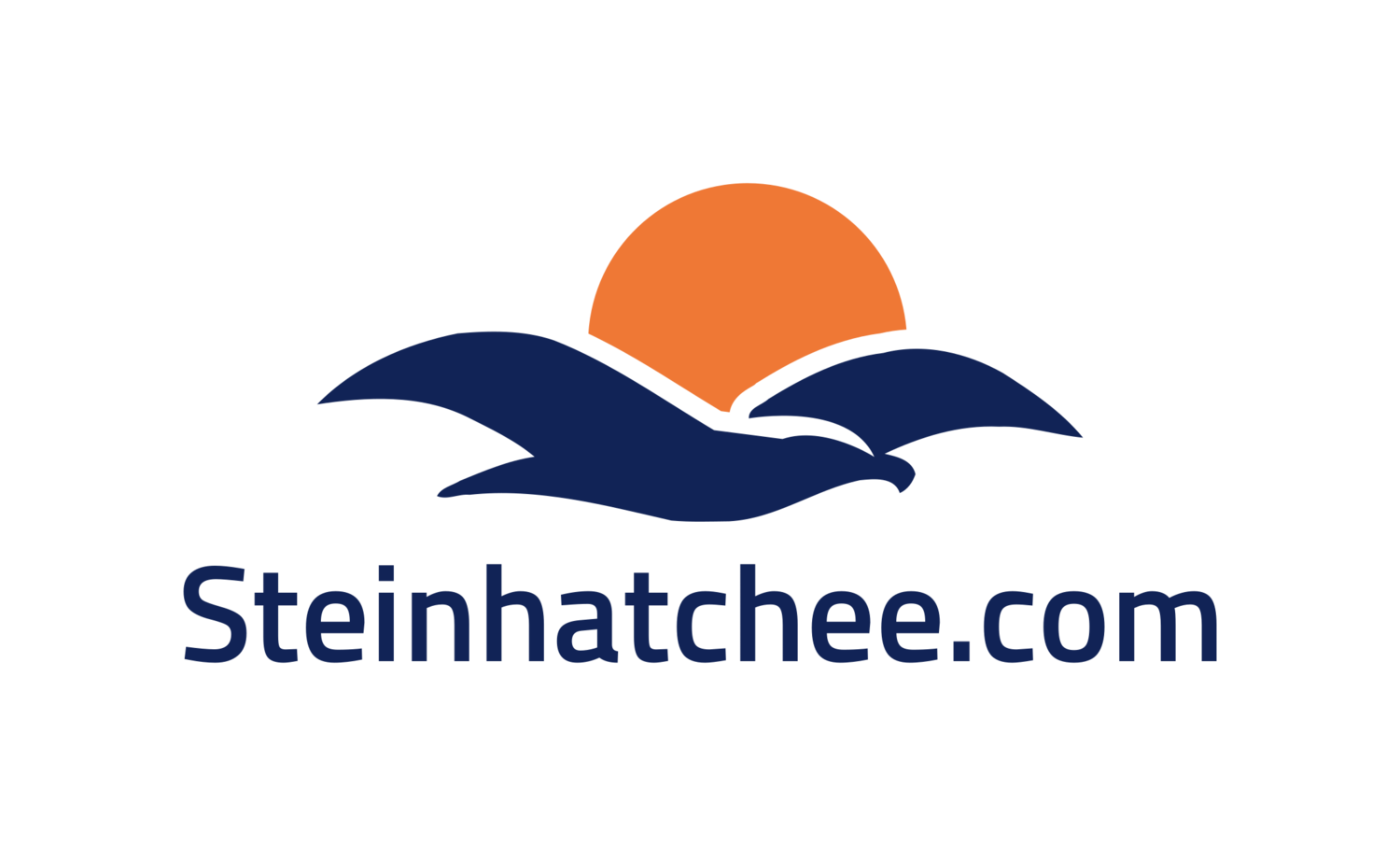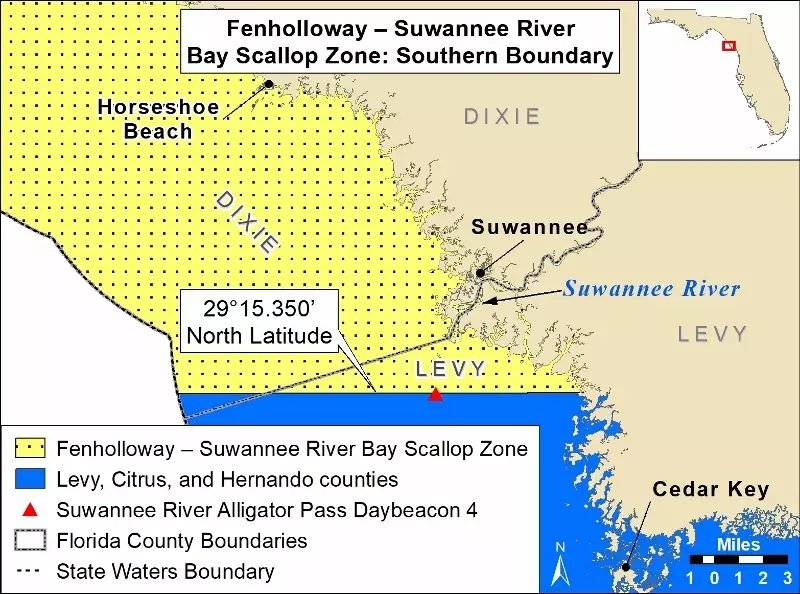The Essential Tool for Scallop Season: Florida Sea Grant's Scallop Sorter
/Introduction
As scallop season kicks off in Florida’s coastal communities, a new tool is revolutionizing sustainable harvesting practices: the scallop sorter. Developed by Florida Sea Grant in collaboration with the University of Florida’s IFAS and the Florida Fish and Wildlife Commission, this pocket-sized device ensures only mature scallops are harvested, promoting ecosystem health and boosting local economies.
Unfortunately I don’t have a picture of the Sea Grant Sorter. It look similar to this.
Innovation and Collaboration
The scallop sorter originated from stakeholder feedback, evolving from a simple idea of using milk jugs to its current form—a smooth, circular tool with a handle. It’s designed to be user-friendly and effective, helping scallopers distinguish between small and mature scallops easily.
Impact and Distribution
Since its introduction, the scallop sorter has gained widespread popularity. In 2023, over 1,500 sorters were distributed across 13 counties. This year, thanks to support from the Coastal Conservation Association, over 10,000 sorters will be available, helping to protect scallop populations and ensure a sustainable future for this beloved activity.
Conclusion
For scallopers along Florida’s Nature Coast, the scallop sorter is a must-have tool. It not only supports sustainable practices but also enhances the enjoyment of scalloping by ensuring better catches and healthier marine ecosystems. For more information and to find out how to get a scallop sorter, visit Florida Sea Grant’s website.

















